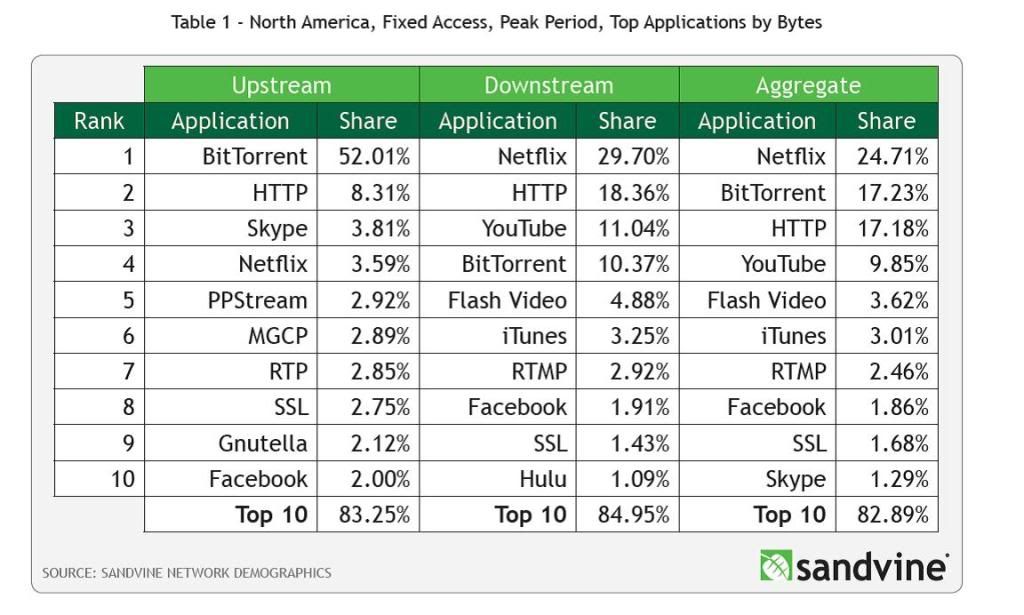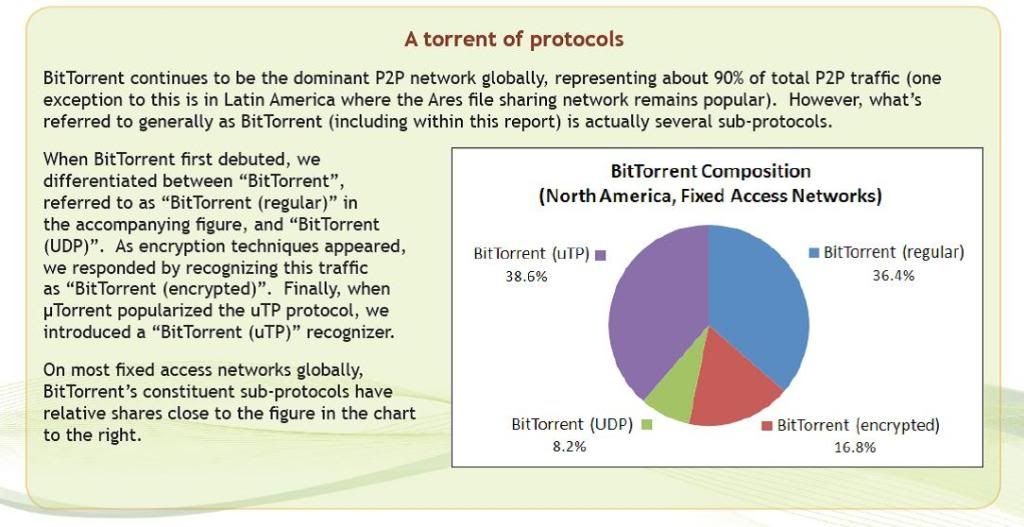
Omens, Portents, Forewarnings. Never are they understood objectively until after the fact. Such are the oddities and anomalies that are being observed in the development of the evolution of paperless media products. From novels to fine art, technology makes physical distribution a nonexistent entity in a market where consumption occurs via network service. As pointed out in a recent article in Forbes Magazine, the constraints of capital are now quick to lose almost all stature as barriers to entry into “publishing” as we know it. As with many historical examples, resistance to change by the large incumbents force younger more nimble companies to spearhead their own initiatives, making little progress in terms of effecting macro changes. A small label like Media Blasters could never hope to spearhead a new format such as Blu-Ray but could reap the benefits of such an option being available.
While a fan at the NBA Finals may feel very connected to the game as they sit in their ring-side seats, the reality is that their presence makes no difference to the outcome, because if it did, they themselves would be on the court, directly participating. Such is the case with manga in the USA. All the whining and bellyaching about how the “industry” is run by “old men” being the problem, fail to take this into account.
These new formats, as emergent technology, are currently generating dictionaries worth of new contract law terminology and changing the very structure of binding agreements in licensing. To expect Manga to take the lead in such efforts is seriously overestimating the ability of licensors and publishers like Vertical to literally lead a multi billion dollar industry by the nose with their initiatives. Impossible and foolish come to mind when thinking of it that way. Small airlines don't build their own airports, pro-golfers don't build golf courses, tire companies don't build roads. Publishing companies (smaller ones at least ) cant be expected to create dominant proprietary formats for digital media consumption... do they have a whole lab in the back that we didn't notice until now? Nor can these companies be reasonably expected to take what is a substantial risk in paying for a license of a digital format which may or may not generate revenue, while at the same time taking time and money away from their current print format (people can't work on 2 things at once).
The effect on revenue that scanlations have is devastating, and if you think it’s not, you don’t know how this works. The cost of the license itself or even (proper) localization is huge, and that license being stolen by the scanlators, who take that property and put it into the market means that recouping the staggeringly expensive process of putting out a printed manga and distributing it for sell-through revenue at net terms, becomes impossible.
Enter the Kindle or some iPad/Droid app or whatever is going to become dominant, and you have the magical cure for sell-through for struggling publishers. Retailers hate this, because they take advantage of returns to the point where they would gladly put a label out of business if it means they can gain any points in the next quarter. The accounting difference between inventory and in-process inventory is huge for a retailer. So, if publishers never had to print another page again and continue business as usual, they would see it as the best thing since Gutenberg.
There’s a snag there. Did you catch it? “Business as usual.” These formats require new legal contract terminology, half of which doesn’t exist yet, channels and accepted formats that have yet to materialize, and a new set of barriers to entry. That last one is important, since all you have to do is look at youtube, podcasts, or deviantart to realize what would happen to publishing if there were no barriers to entry. Look how hard it is to wade through the seas of truly terrible productions to find ones that have not only genuine talent behind them, but (more importantly) the resources to be consistent, on-time, and well presented. A publishing marketplace where there is no macro-flow of customers towards legitimate works means that the shittiest fanfic abominations would stand at equal level with professional works by professional writers in terms of market presence and availability. Barriers to entry in the media entertainment business keep out a vast amount of crap that would otherwise choke the channels of product awareness and necessary marketing. There's a reason FurNation Press never got it's SKUs into Barnes & Noble (or Diamond for that matter)... so do you really want to have to look at 5 deranged versions of Halo where everyone is a gay ocelot before you get to something by the next Neil Gaiman? With no financial risk what so ever, anyone can publish anything, which is not really a good thing.
In order to jump the last chasm of adoption, these new products and formats must be one thing over all else. More convenient than any alternative, including whatever is happening now. Look at the electric car: Even if electricity was free and the range was the same, the 30 minute charge time vs/ a 90 second fill-up time for a gas engine creates such a Reverse Value Ratio (yes RVR is a real formula), that people still would not adopt electric cars because... seriously, fuck 30 minutes.
There are always multiple ways around this issue. If you can’t speed up the time, electric cars could partner with every free commercial parking space around, so that the 30 min charge now happens when you’re at Wal-Mart or wherever and so you don’t notice that 30 min because it’s no longer a dedicated use of time (ie “they were gonna be parked there anyway” so no big deal). We’re close to finding the necessary “anyway” for manga.
This is a good sign:

From the Sandvine Global Internet Phenomena Report for Spring 2011 (p 6), you can see that Netflix (a single media company) is producing a bigger footprint than torrenting anything. Although the true total average difference is 1%, the fact that this even is happening is a pinhole snapshot of this tenant of Consumer Behavior ringing true. The path of least resistance is going to be a legit commercial one, and that’s going to win the day if it can continue increasing the convenience factor. Netflix is dependable, faster, easier, and an acceptable cost (they have higher than break even WTP). That’s not true for every consumer in America, but it’s true for enough people to get that company into the positive side of market equilibrium.
It shows that it's not all about getting it "for free" ...rather it's about getting it "easy" - which is not (always) the same. Additionally, with the high amount of intense social gamification behavior indicative of the manga/anime market, it's also about getting it "first." This "path of least resistance" in marketing goes for any kind of business, and the different degrees on the scale of decision making are unique to each market. The American manga market is indeed a unique mix of ingredients that make up these "tipping point" degrees between consumption via torrent or consumption via service. Those specifics will have to wait for another time.
And before anyone wants to get technical about “BitTorrent” nomenclature:

Mobile access is another big indicator. I like to look at the Baltic States and Scandinavia for wireless usage info, but I don’t have that handy so here is South America:

That bump in Sept 2010 is probably a result of the ruckus over the Chilean miners, but real-time entertainment and web-browsing can get mashed together when you think about marketing factors that have to do with the possibility of consuming manga (legally) via wireless device. This means that as a dominant format emerges, and non-paper manga is available at a reasonable cost to access, digital device manga will be a viable product, even if the rate of piracy through scanlation remains the same as it is now. The disappearance of physical media will drop the costs of doing business to a level where publishers will actually be able to operate properly, despite the damage done by piracy. This is currently how big publishers and big Hollywood have been able to stay around despite piracy (and terrible titles); make enough successful properties to carry the others. But that type of arbitrage activity in today’s media markets which still require manufacture and distribution of physical products (books, DVDs) requires levels of capital well out of reach for the few remaining US manga publishers.
This means the charge for digital media is going to be led by bigger players like Comcast, NCAA, WSJ, AOL-HUFFPO, Fox News, NY Times, and other companies that fart more money in a day than a company like Funimation sees in a decade. So until these channels solidify, being in the manga business in the USA isn’t exactly a peachy place to be. Despite a rosy looking future in terms of generalities, we’re still a ways away from being able to pop the cork on the Champaign. Right now, the publishing industry is about to enter a state where it will look like a lava-lamp in a paint mixer. Things are going to get shaken up and it will take a while for elements to separate and form the shapes of this segment of the new media horizon. Manga will be there. Paper won’t.
Make no mistake, from otaku demographics to creative tastes, there are still many factors that I have not addressed, but they aren't here because we're looking at the big picture of publishing as a business, to which manga is only a small part of... and you've had to read too many words already.
-















No comments:
Post a Comment